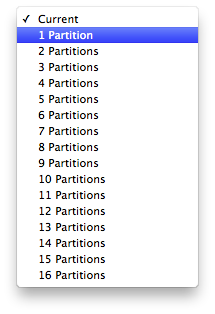The following guide is a complete walkthrough to installing
or updating to the latest version of OS X. It requires no experience
and all of the necessary installation and post-installation tools are
available on tonymacx86.com.
UniBeast is a tool that creates a bootable installer out of your
downloaded version of OS X. In order to start fresh, you'll need access
to a functional computer running Mac OS X Snow Leopard 10.6.8 or later.
This is a requirement, as you need access to the Mac App Store to
download OS X and create the installation drive. To start from scratch,
booting the 10.6 Snow Leopard Retail DVD directly, check out
iBoot + MultiBeast.
UniBeast Overview
1. Download the OS X Mavericks Application from the Mac App Store
2. Prepare a UniBeast USB flash drive
3. Install OS X Mavericks
4. Install the bootloader and drivers using MultiBeast
Before You Begin
1. Register here at
tonymacx86.com. If you don't have a user account,
create one!
2. Get our latest
MultiBeast and
UniBeast tools from the downloads section.
3. Purchase a 8GB or larger USB drive.

STEP 1: Download OS X Mavericks
The full operating system is a free download for anyone who has
purchased Mac OS X Snow Leopard, Lion, or Mountain Lion. Download the
Application from the Mac App Store using your Apple ID on any Mac or
functional computer running Mac OS X 10.6.8 or later.
1. Open
Mac App Store
2. Log in with your Apple ID
3. Download
OS X Mavericks
The Application
Install OS X Mavericks will appear in /Applications.
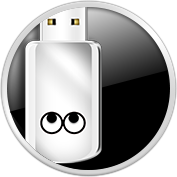
STEP 2: Create a Bootable USB Drive with UniBeast
Take a deep breath and take your time- this is pretty simple, but it's
easy to miss things if you rush. Follow each step to the letter.
1. Insert the USB drive
2. Open /
Applications/Utilities/Disk Utility
3. Highlight the USB drive in left column
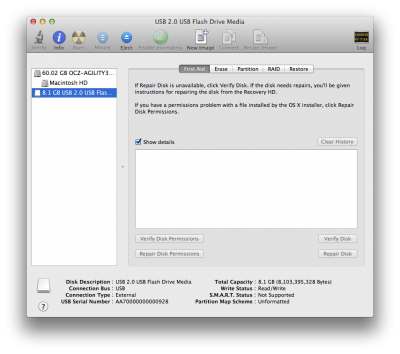
4. Click on the
Partition tab
5. Click
Current and choose
1 Partition
6. Click
Options...
7. Choose
Master Boot Record
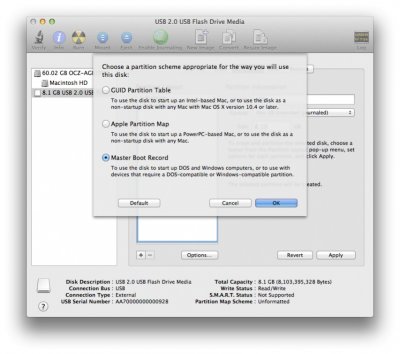
8. Under
Name: type
USB (You can rename it later)
9. Under
Format: choose
Mac OS Extended (Journaled)
10. Click
Apply then
Partition

11. Download and run
UniBeast
12. Click
Continue,
Continue,
Continue,
Agree
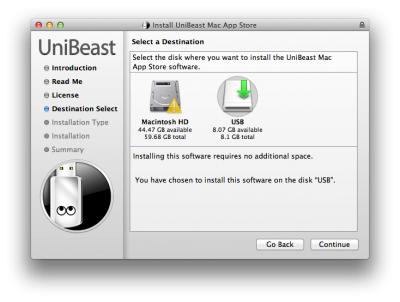
13. At Destination Select, choose
USB and click
Continue
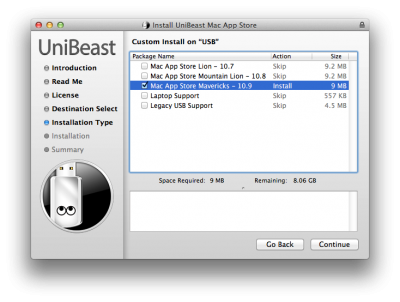
14. If using a Socket 1156 system without Rate Matching Hub (RMH) USB choose
Legacy USB Support
15. If using a laptop, choose
Laptop Support
16. Click
Continue
17. Enter password and click
Install
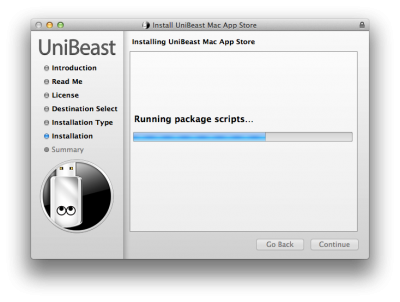
UniBeast
will now create the bootable USB drive. The process will only take
about 10-15 minutes, depending on system and drive speed, but will show
hours. This is normal. Do not unplug or stop during this time.
18. Drag
MultiBeast to your completed USB drive.
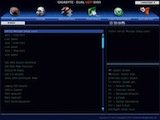
STEP 3: Recommended UEFI Settings
If you're installing on a recommended CustoMac desktop with AMI UEFI,
the options are simple. For other systems make sure to set your BIOS or
UEFI to Optimized Defaults, and your hard drive to AHCI mode. Award
BIOS settings are listed
here.
1. To access BIOS/UEFI Setup, press and hold Delete on a USB Keyboard while the system is booting up
2. Set to Optimized Defaults.
3. (Optional) Set X.M.P. Memory Profile to Profile1
4. If your CPU supports VT-d, disable it
5. Save and exit.
For best results with the latest 8-series motherboards and Haswell CPUs,
remove all but 1 stick of RAM for the installation process. You can put
back extra RAM sticks after post-installation is finished.
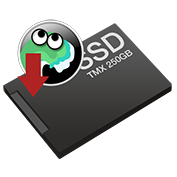
STEP 4: Install OS X Mavericks
You're almost done! All you need to do is boot from the USB drive and install!
1. Turn on the computer
2. Press the hotkey to choose boot device
- If you have a Gigabyte motherboard press F12
- If you have a ASUS motherboard, press F8
3. Choose
USB-HDD
4. At the Chimera Boot Screen, choose
USB and hit
Enter

If you have trouble reaching the installer, type
-x at the Boot screen as shown below. You can type the boot flags
GraphicsEnabler=Yes,
maxmem=4096,
PCIRootUID=1,
PCIRootUID=0, and
npci=0x2000 by themselves or together in order to solve boot issues for older graphics cards and machines. Type
-v to bypass the Apple boot screen and enter verbose startup mode. For further explanations of boot flags, check out the post
here. Also, if you need help with what to use for your graphics card, see the post
here.

5. When you arrive at the Installer, choose language.

6. For a new installation of OS X, you MUST erase and format the
destination drive according to the following steps before continuing. If
you are upgrading from Snow Leopard, Lion, or Mountain Lion and you
want to keep your files and apps, skip steps a-j.
a. In the top menu bar choose Utilities, and open Disk Utility
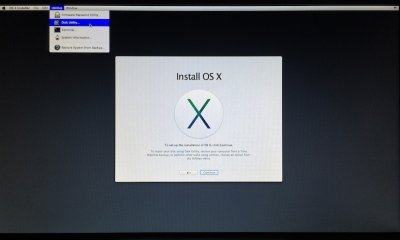
b. Highlight your target hard drive for the Mavericks installation in left column.
c. Click Partition tab
d. Click Current and choose 1 Partition
e. Click Options...
f. Choose GUID Partition Method
g. Under Name: type Mavericks (You can rename it later)
h. Under Format: choose Mac OS Extended (Journaled)
i. Click Apply then Partition
j. Close Disk Utility
7. When the installer asks you where to install, choose
Mavericks, or your existing install.
8. Upon completion, restart the system.

STEP 5: Post-Installation Using MultiBeast
MultiBeast is an all-in-one post-installation tool designed to enable
boot from hard drive, and install support for Audio, Network, and
Graphics. In addition it includes System Utilities to repair permissions
and a collection of drivers and config files. The installation is
complete, but the drive isn't bootable yet. Boot from the USB again,
this time choosing Mavericks.
1. Turn on the computer
2. Press the hotkey to choose boot device
- If you have a Gigabyte motherboard press F12
- If you have a ASUS motherboard, press F8
3. Choose
USB-HDD
4. At the Chimera Boot Screen, choose your new
Mavericks installation.
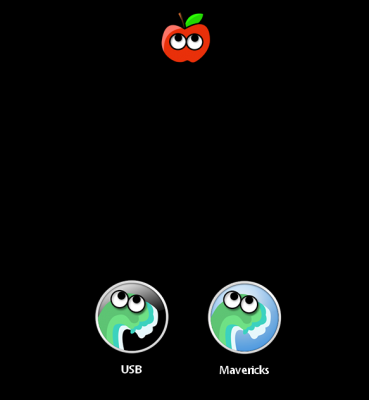
5. Complete Mac OS X Mavericks setup
6. Open and run
Multibeast
7. Click
Quick Start to choose
EasyBeast,
UserDSDT, or
DSDT-Free
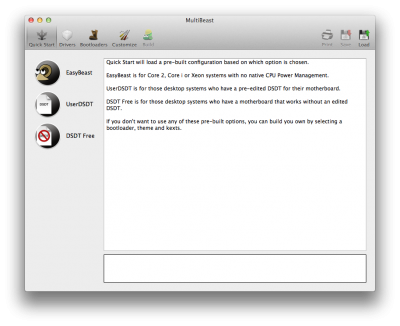
8. Click
Drivers for Audio, Graphics, and Network options

9. Click
Customize for further options
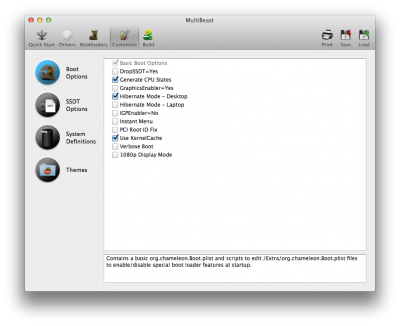
10. Click
Print or
Save to back up your configuration
11. Click
Build then
Install
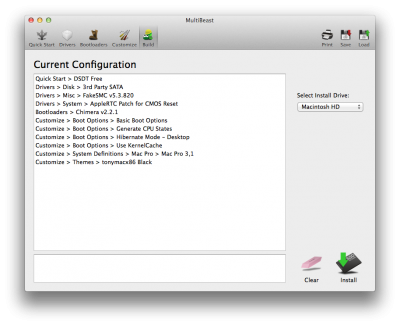
12. Restart computer to complete installation

Yay!
You now have a fully updated bootable version of OS X Mavericks on your
CustoMac! And a super handy USB rescue drive. It's easy to get
frustrated, but don't give up! If you get stuck, there are many users
with similar hardware in the
tonymacx86 Forum to provide support. Special thanks to everyone in the community, and our moderators for testing!
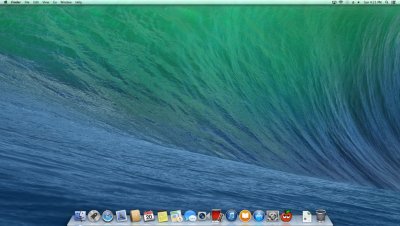
If you've had success using this guide, consider a
contribution to help keep the sites going. We're constantly updating and tweaking our tools to help you. Good luck and have fun!
Related:
UniBeast 10.8 Mountain Lion Guide
UniBeast 10.7 Lion Guide
iBoot + MultiBeast - 10.6 Snow Leopard Guide
Simplest OS X Installation Guide
Quick guide to configuring the UEFI on Gigabyte's 7-series LGA-1155 motherboards
Troubleshooting and Optimizations:
boot0 Error: The Official Guide
How to Fix iMessage
Mavericks: Native CPU/IGPU Power Management
Issuing Boot Flags
How To Know What to Install With MultiBeast
Install Bootloader and Extra to EFI Partition
Chimera HD Graphics Bootflags: IGPEnabler, IGPlatformID, and IGPDeviceID
The Basics
HDMI Audio
tonymacx86 Search
tonymacx86 Wiki


































